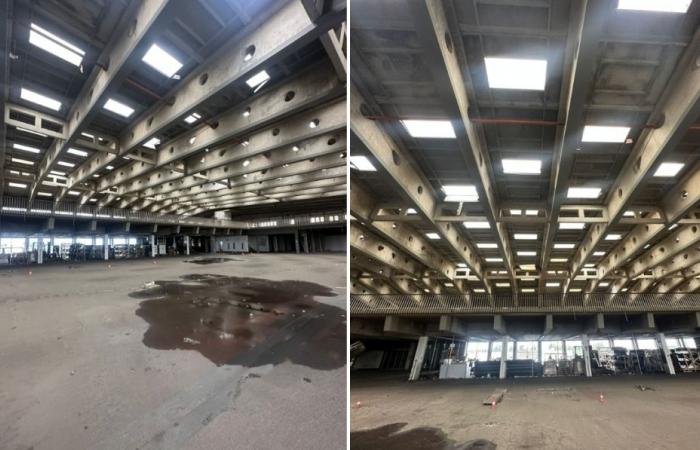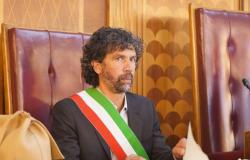June 16, 2024, 09:30
4 min read
CATANIA – The planned demolition of the Morandi building at Catania airport, it has opened a discussion that I find decentralized with respect to the axis of good practices historically known and used in the transformation of the city.
Minimum consumption
In every project with building and infrastructural contents, choosing the way in which to use what already exists is a fixed and ancient point, probably to be re-evaluated even in a period of our lives in which novelty seems to derive only from the sequence consumption, disposal, consumption.
Even before a an ethical fact, it is an economic fact if this term refers precisely to the optimal way of using resources, achieving the maximum result and benefit through their minimum consumption.
The problem of Morandi building of Catania Airport is not about safeguarding history or the memory of the author, but it is not to underestimate and not take for granted that the characteristics and qualities of a state of fact are made optimal by a demolition.
The result to be obtained
The question is: are we safe and are the clients safe (in particular the Ministry) that not including the large and suggestive concrete box in the new expansion project is more convenient compared to the result you want to achieve?
Let it be cheap especially for the results expected from a project of this kind, in which in addition to functionality there would also be memorability, originality and iconic value? Values which, when present, are the economic added values subsequently conveyed, as advertising, by passengers passing through an airport?
The questions I am asking and proposing are no different from those that the builders asked themselves Cathedral of Syracuse and the many citizens of Catania who transformed the Greek Roman Theater of the Etna city into an urban block without demolishing it.
The builders of the Cathedral of Syracuse understood that the Greek Templeor, in continuing to breathe within the new walls of the Cathedral, it would have created an eternal unicum. They were right.
The citizens of Catania, in building palaces, houses and shops by carving them out within the perimeter and within the space of the Greek Roman Theatre, they understood that the building and environmental value of their buildings would have no rivals in Catania. And they were right.
In both cases it was exactly right the choice of reuse to make the results memorable and original, which are not two philosophical or intellectual adjectives but define added economic values that can be monetised. Whoever chose to operate in that way, therefore, can be defined as a brilliant and ambitious entrepreneur, while on the contrary they would have been a normal and even banal entrepreneur.
In relation to the Morandi Building, this is the question that should have been asked. Create an expansion that works and meets development plansbut which is unforgettable for the passengers who pass through it.
A space and an experience that stands out, remember, that it rises above the average of existing examples, all the same and homologated. A possible success for Sac and Catania. A large construction and urban undertaking, which normally starts from overcoming and resolving a difficulty and not from erasing it.
No intellectual question
I hope you understand that here we are not talking about aesthetic issuesauthorial or intellectual, but what the ambition is to take care of and increase the value of the urban heritage, which is never achieved through simple and obvious choices but by accepting the issues, facing them, transforming them from obstacles into opportunities, from impediments into new and unexpected resources.
I want to remind everyone a simple thing that often escapes us. I want to remind the institutions, the Sac and the citizens. I want to remind you that a significant part of the inhabitants of a city have in their urban heritage the only real heritage they have.
There are quite a few citizens who have no homes, they don’t have boats, they often don’t have cars: they don’t have any assets. The city, especially for these people, but also for others, is the only significant heritage that comes from afar: it is the only one they have inherited, the only one they possess and it is the only one they will pass on.
Urban heritage
Does this seem like little to you? Urban heritage must therefore be used wisely, always obtaining more using as little of its substance as possible. A heritage is not wasted, but on the contrary it is re-evaluated with effort, ability and ideas.
I know very well that I am asking the question perhaps too late, but I am convinced that demolishing the Morandi building is a waste of a useful resource for that type of project, for the reasons I have tried to describe, and even if it is demolished, as planned, I would like to see better thinking in the future when faced with issues of this kind, without simplifications or useless and naive Manichaeisms.
Leggi qui tutte le notizie di Catania
Published on
June 16, 2024, 09:30





